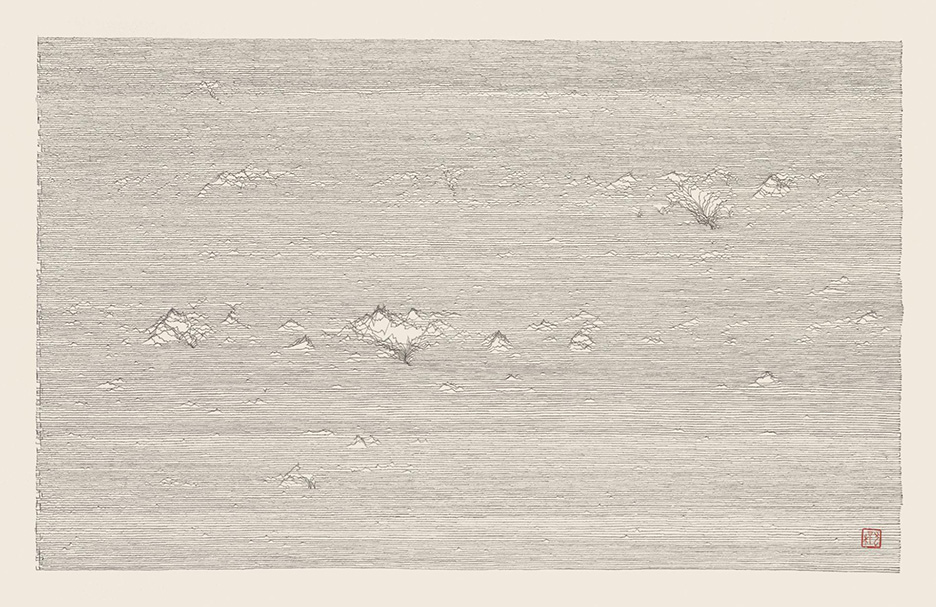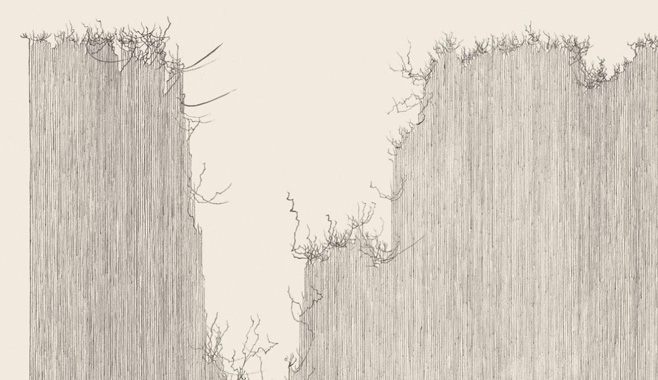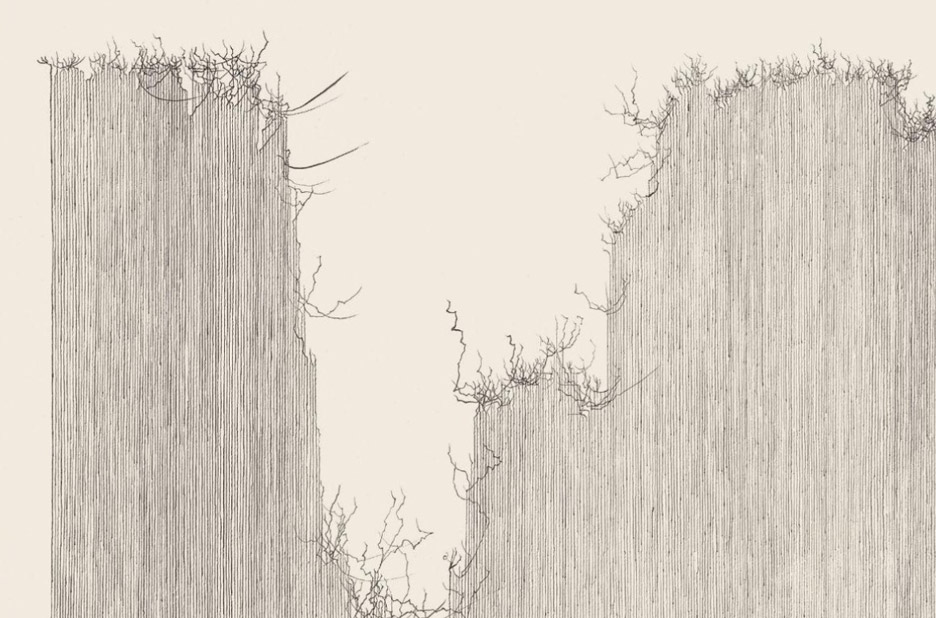Art
Complete Works of Ishikawa Kyuyoh
The Ueno Royal Museum, Tokyo
5/5
Taking a line for a walk, Japanese style
In a modern building hidden in the large Ueno Park a fascinating retrospective of a leading contemporary Japanese calligrapher Ishikawa Kyuyoh (1945 – ) is taking place. The exhibition is split into two parts, as is frequently the custom in Tokyo, with the two running consecutively over several weeks each. I managed to catch the first part only and what an amazing experience it was to discover this artist who is well known and respected in Japan.


Photography was not allowed, but for much less than the cost of London exhibition catalogues one could purchase a beautiful catalogue (Japanese only, but with the work titles also shown in English).
For starters we got to see Kyuyoh’s commercial work for Sake branding, which was not in the catalogue, probably for copyright reasons. The sake bottle labels were elegant and expressive as one would expect of high-end Japanese packaging. Then we were slowly introduced to artworks in chronological order.
Calligraphy maintains a close relationship with Eastern philosophy and way of life. Unique mark of a moment in time, calligrapher’s state of mind and his or her skill and fluidity in the moment, calligrapher’s brush stroke celebrates both virtuosity and humility. This approach is very different to Western art and is perhaps closest to still life painting in the West.
My first thought was that this was the equivalent of a Japanese Klee or resembled beautiful mysterious contemporary music scores. Playful, line-based, largely in black ink on white. The Tale of Genji series (1991 and 2008) was the most impressive. This large series of 55 works took inspiration from the oldest Japanese novel Tale of Genji written by a woman courtier Murasaki Shikibu in 11th century Kyoto. Lines are organically interrupted, channelled, re-routed, overlayed or used as building blocks for the abstract buildings of future and past. Some trace a seismography of sorts, capturing the changes in intensity of tales, poetry, landscapes and feelings. The calligraphy spoke to the imagination as one attempted to read the lines intuitively, to decipher the path they are taking as well as the shape of the work as a whole.

Big impediment of course was not being able to read Japanese to decipher legible words. Nevertheless sometimes not understanding a language leads to an effort to understand with our senses which can produce much more interesting results. Kyuyoh himself has argued that the calligraphy fulfils the same cultural role in the East that classical music does in the West and this exhibition provides strong arguments for this view. Music can transcend barriers of culture and language as calligraphy certainly also does. Calligraphy, like music, can be experienced as an artform that unfolds over time for the creator as well as the viewer/listener. There is an interesting narrative aspect to these works where the progression of lines leads you to follow their abstract development right to left, but also in other directions.
There is a discernible abstract humour in some of these works, where a line or brush stroke takes a preposterous path or goes the wrong way, or overestimates itself, even creates a blank it cannot itself see. A great skill lies in this representation of organic micro realities, of self-reflexivity or lack thereof with simple graphic means.
The largely monochrome nature of these works also concentrates the mind on what is important. The flight of the line, in turns pedestrian and persistent, or dramatic and flamboyant, draws you in to chart its course over and over again. These are works of great sensitivity, imagination and poetic intensity, and deserve to be better known outside Japan.